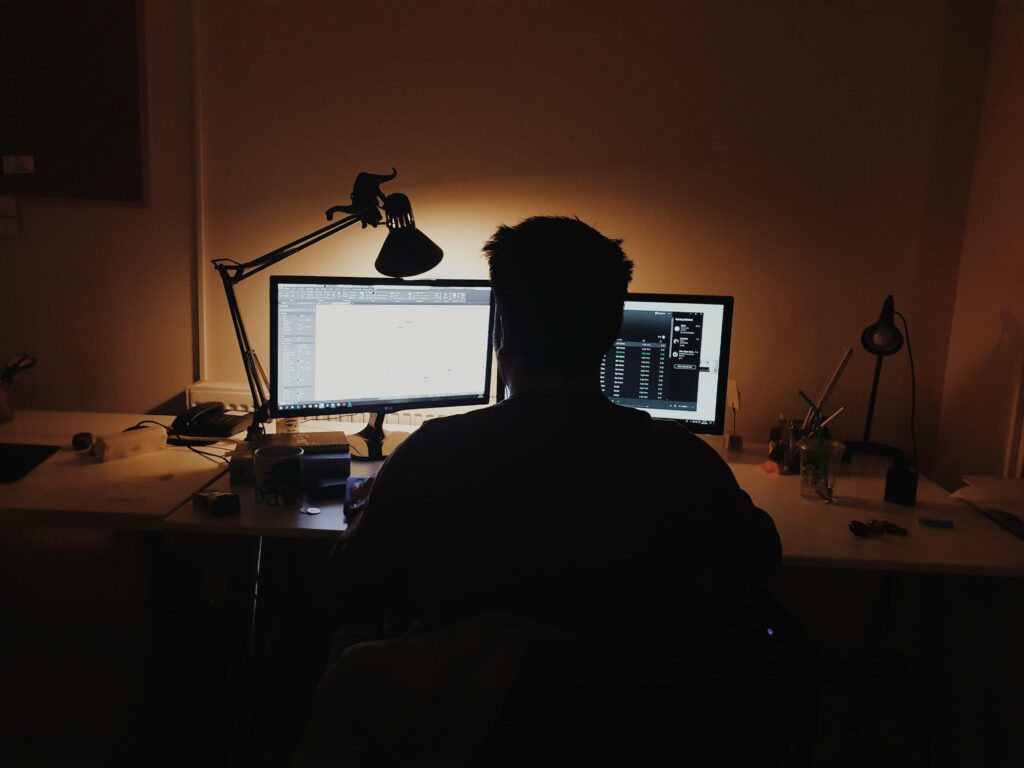Technology is a disruptor. I don’t mean that in what has become the typical interpretation, where technology helps institutions transform their education practice. It has done that, too. Technology has been great for new learning methods, and improved communication and connection in a time of extreme need.
But I mean disruptor in the more traditional sense: how it can disrupt our minds.
Since early 2020, much of our public conversation has revolved around wellbeing and welfare – much more than the usual celebrations of productivity and achievement. We’re all more aware now of the need to keep ourselves healthy both physically and mentally; we’re more aware of burnout, screen fatigue, video meeting fatigue.
In order to be productive and achieve highly, first we need to be well.
The burdens of the “always-on, always-connected” culture
Teachers have a fragmented work-life arrangement.
Teaching happens on screens. Reading and marking happens on screens. There are constant notifications from multiple tools, multiple students, multiple courses reaching out for additional re-reads, re-marks, feedback and comments.
Both during and around the usual rhythms of teaching, teachers shuffle between a stack of different tools in order to get their job done to the satisfaction of all stakeholders. Typically, none of these tools talk to each other. And administrative work can’t be done whilst being actively engaged in teaching, so that part is all outside hours.

Parents also expect more frequent updates. When they have been primed to require it elsewhere in their lives, of course parents and students are going to want constant feedback and validation at school as well. They’re always online, always switched on, and always feeling social pressure. Then that expectation is paid forward to everybody else about always being on and available.
As a result of their work-load pressure and teaching environment, teacher’s anxiety levels are higher and their work days are longer.
In 2018, teachers in NSW worked an average of 54 hours a week. Average means that many teachers worked more. I’m sure that average would have sharply risen in 2020.
“We need to encourage more time for play, creativity and collaboration,” Jane Caro wrote. “A young teacher once told me that she could either do three really creative things in the classroom, or one if she then had to write the lesson up in detail and assess it according to her employer’s demands.”
Flipping the Script on Technology

Technology is a means to an end. It’s only as useful as the value and behavioural change it creates.
Schools have a key role to play in educating students around healthy (and safe) technology habits. This ethos should extend to teacher’s lives, too, to ensure they contribute to positive mental health and wellbeing. They also need to get smart about how their own technology systems and tools can improve student outcomes.
Is there a role for data and analytics to play in this conversation? I believe there is.
By transforming the magnitude of data that schools have at their fingertips into valuable, actionable insights, teachers can save time on administrative and reporting tasks and do more of what they do best: teaching.
Insights from learning analytics can be used to improve teaching strategy, engage parents with real-time useful updates and help identify where the pressure points are when it comes to student learning, engagement and wellbeing.
For example, business intelligence tools can alert teachers to students who are at risk because they’re falling behind the average in one or multiple subjects, dropping in online participation or handing in more assessments late.
These alerts enable timely, positive conversations and intervention strategies and facilitate dialogue with parents and stakeholders.
Importantly, the right tools should create less work for teachers, not more. They should improve wellbeing, not detract from it. They should enable teachers to work smarter, not harder.
This is possible. We can do it. And it’s up to the EdTech industry to figure out how.




